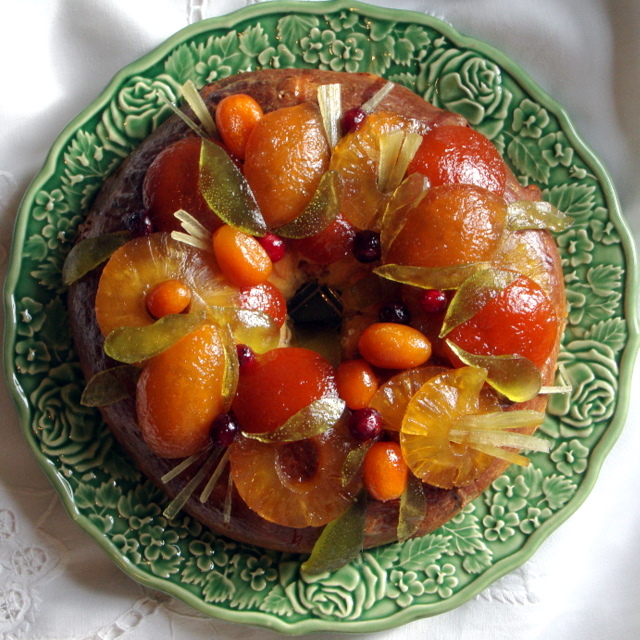Christmas in Angola

Christmas is a very big celebration in Angola. Over 50% of the population are Catholic, with at least another 25% being other kinds of Christians. So going to church on Christmas Day is important. There are Midnight Mass services on Christmas Eve and also a Mass on Christmas Day.
A Christmas Day Mass is also broadcast on national TV, so people can watch it from home if they are not able to go to church. During Advent, many people go to special church services.
The main Christmas meal is eaten after the Christmas Day church service. Family and friends visit each others houses and guests are always welcome. People often save up throughout the year so they can afford some special foods for the big Christmas meal. In rural parts of Angola, families might rear animals especially to eat at Christmas.
The meal traditionally consists of 'pirão' or 'funge' (a type of polenta made of corn meal or cassava flour) with rice, spaghetti, french fries, turkey, fried chicken and dishes like 'ozido de bacalhau' (cooked cold fish with vegetables), 'calulu' (a dish of fired fish or beef with tomatoes, garlic, okra, sweet potatoes and spinach, etc.) and 'mufete' (grilled fish served with stewed palm oil beans, sweet potato, plantain and cassava).
Dessert is often a Bolo Rei cake, due to Angola's historical connection with Portugal. Bolo Rei is especially popular in cities.
The main decoration in most houses will be a Nativity Scene (Presépio). Other decorations like Christmas Trees and stockings are becoming more widespread.
Giving gifts is more common in cities than in rural areas. Big shops in the cities will also be decorated with lights for Christmas.
In Angola the main language spoken is Portuguese, so Happy/Merry Christmas is 'Feliz Natal'. Happy/Merry Christmas in lots more languages.
